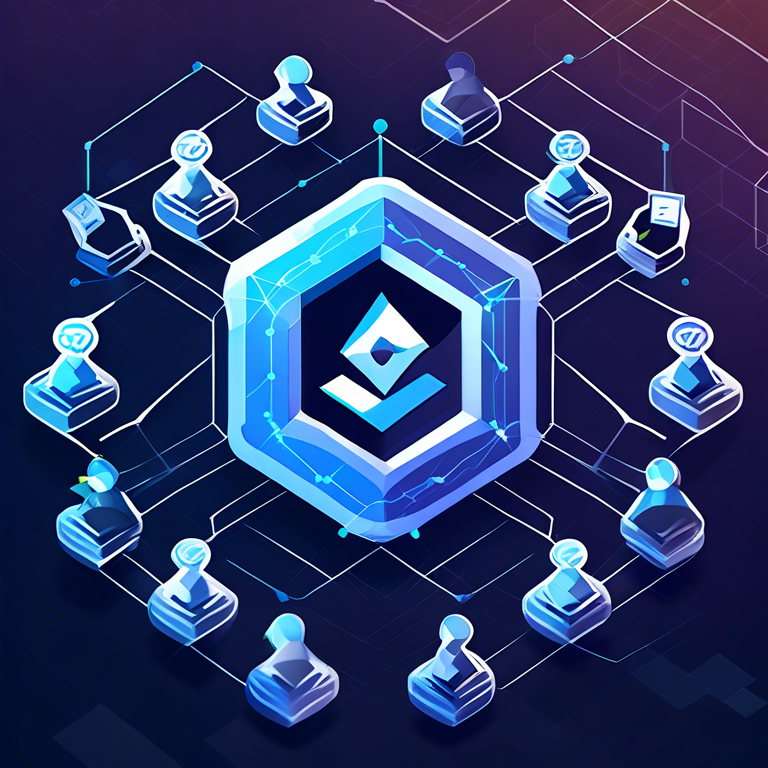In the ever-evolving landscape of blockchain technology, the practice of commit reviews has become a cornerstone for maintaining the integrity and security of blockchain projects. This article delves into the significance of analyzing blockchain submission evaluations, highlighting best practices and methodologies that ensure robust and secure blockchain development. Comprehensive and meticulous commit reviews are essential in identifying potential vulnerabilities, ensuring code quality, and fostering innovation within the blockchain domain.

The Essence of Commit Reviews in Blockchain Development
Blockchain technology’s decentralized nature demands exceptional levels of accuracy, security, and reliability in code commits. Commit reviews, or the scrutiny of code changes before they are merged into the main project, serve as a critical checkpoint in blockchain project development. These evaluations involve analyzing code for potential errors, security flaws, and adherence to the project’s coding standards and guidelines. Emphasizing the importance of these practices, commit reviews are not just about finding immediate issues but also about ensuring the scalability and future-proofing of blockchain solutions.
Best Practices for Conducting Commit Reviews
The methodology behind commit reviews in blockchain projects is meticulous and standardized to uphold quality assurance. Best practices involve multiple layers of review, including automated testing for initial code evaluation followed by manual reviews conducted by experienced blockchain developers. This dual-layered approach ensures that the code not only meets functional requirements but is also optimized for performance and security. Furthermore, incorporating continuous integration and delivery (CI/CD) pipelines facilitates ongoing testing and validation, making the commit review process more efficient and comprehensive.
Challenges and Solutions in Blockchain Commit Reviews
One significant challenge in commit review processes within blockchain projects is keeping up with the rapid pace of innovation and updates. To mitigate these challenges, projects are increasingly relying on collaborative coding environments and peer review systems. Tools such as GitHub and GitLab offer functionalities that support code versioning, collaborative reviews, and comprehensive tracking of changes, making the review process more transparent and accountable. Moreover, adopting a culture of continuous learning and adaptability among development teams ensures the incorporation of the latest security practices and coding standards in the project’s lifecycle.
Impact of Comprehensive Commit Reviews on Blockchain Projects
The thorough analysis and evaluation of commits in blockchain projects have far-reaching impacts beyond immediate code improvement. They foster a culture of quality, encourage collaborative problem-solving, and result in more resilient and secure blockchain systems. The practice of commit review not only detects and rectifies potential issues early but also serves as an educational tool, facilitating knowledge sharing and expertise development among contributors. As blockchain technology continues to grow and evolve, the emphasis on rigorous commit reviews will remain a critical component of successful project outcomes.
In conclusion, the practice of commit review holds paramount importance in the realm of blockchain development, acting as a critical gateway to ensure the security, reliability, and quality of code submissions. By adhering to best practices and overcoming challenges through innovative tools and collaborative efforts, blockchain projects can achieve higher standards of excellence. Such meticulous evaluation processes underscore the commitment to advancing blockchain technology as a secure, efficient, and trustworthy platform for future digital transformations.


